Understanding the Magic Behind Reverse Osmosis Filtration
Introduction
Hook: The Elixir of Life
Water, the essence of life, is often taken for granted. But what if you could experience water in its purest form, free from impurities and contaminants? That’s where reverse osmosis (RO) filtration steps in, a revolutionary technology that transforms ordinary water into an elixir of life.
Thesis Statement: Unveiling the Magic of RO
Reverse osmosis is the ultimate solution for water filtration, a process that harnesses the power of a semipermeable membrane to remove harmful substances, leaving you with water that’s as pure as it gets. Get ready to dive into the world of RO and discover why it’s the gold standard in water purification.
What is Reverse Osmosis? 💧
Reverse osmosis (RO) is like a superhero for your water! 🦸♂️ It uses a special membrane to filter out unwanted stuff like dirt, bacteria, and even salt. Think of it as a microscopic gatekeeper that only lets the good stuff through. 🛡️
This membrane is so tiny that it can block particles a thousand times smaller than a human hair! 🤯 It’s like having a superpower to make your water pure and sparkling clean. 💎
Benefits of Reverse Osmosis: A Healthier Tomorrow
Imagine sipping on a glass of water that’s as refreshing as a mountain stream, with no trace of chlorine or other unpleasant odors. Reverse osmosis (RO) makes this dream a reality by removing impurities that can ruin the taste and smell of your water. With RO filtration, you can enjoy water that’s not only safe but also delightfully delicious. Just think of it as a spa day for your taste buds!
How Does Reverse Osmosis Work?
The heart of the reverse osmosis process lies in the semipermeable membrane. This membrane acts as a selective barrier, allowing water molecules to pass through while trapping larger contaminants. The membrane’s pores are so tiny that they effectively remove dissolved solids, heavy metals, bacteria, and viruses, leaving behind pure, crystal-clear water.
Imagine a crowded room filled with people of all sizes. The semipermeable membrane is like a bouncer, letting only the smallest guests (water molecules) into the VIP section. The larger guests (contaminants) are politely turned away, leaving the party sparkling clean.
Types of Reverse Osmosis Systems
Under-Sink Systems 🚰
Under-sink RO systems are compact and easy to install beneath your kitchen sink. They provide filtered water directly to your faucet, making them ideal for drinking, cooking, and other household uses. These systems typically have a smaller capacity than other types, but they’re a great option for apartments or homes with limited space.
Whole-House Systems 🏡
Whole-house RO systems treat all the water entering your home, providing clean, filtered water throughout every faucet. They’re more expensive and complex to install than under-sink systems, but they offer the ultimate convenience and peace of mind. With a whole-house system, you can enjoy pure, healthy water for every use, from showering to laundry.
Commercial Systems 🏢
Commercial RO systems are designed for businesses and industries that require large volumes of filtered water. These systems are typically larger and more powerful than residential systems, and they can be customized to meet specific water treatment needs. Commercial RO systems are used in a variety of applications, including food and beverage production, healthcare, and manufacturing.
WATER FILTRATION BY REVERSE OSMOSIS ON YOUTUBE
Choosing the Right Reverse Osmosis System 💧
When it comes to choosing the perfect reverse osmosis system for your home, it’s like finding the right pair of shoes – you want one that fits your needs and keeps your water flowing smoothly. 👟
Factors to Consider 📝
- Water Quality Needs: What kind of contaminants are you targeting? Different systems are designed to remove specific impurities.
- Flow Rate: How much water do you need per day? Systems with higher flow rates can keep up with thirsty households.
- Maintenance Requirements: Some systems require more frequent filter changes or cleaning than others. Choose one that fits your lifestyle.
Tips for Choosing 💡
- Read Reviews: Check online reviews to see what other users have experienced with different systems.
- Consider Your Budget: RO systems range in price, so set a budget before you start shopping.
- Consult a Professional: If you’re not sure which system is right for you, consult a water filtration expert. They can help you assess your needs and make an informed decision.
Maintaining your reverse osmosis system is as crucial as its installation. Regular filter replacements and system cleaning ensure optimal performance and longevity. Replacing filters at recommended intervals removes accumulated contaminants and prevents clogging. Cleaning the system involves flushing out any mineral deposits or bacteria buildup. 💧
Professional installation is highly recommended to avoid potential leaks or damage. A qualified plumber can ensure proper connections and minimize any risks. They’ll also provide guidance on ideal system placement and maintenance schedules. 🗓️
Environmental Impact of Reverse Osmosis
Water Waste
Reverse osmosis systems inevitably produce wastewater as part of their filtration process. This wastewater contains the contaminants that have been removed from the water, and it can be a significant concern in areas where water is scarce.
To mitigate this issue, some RO systems are equipped with a “permeate pump” that recovers a portion of the wastewater and sends it back to the input of the system. This can reduce water waste by up to 50%.
Disposal of Membranes
Reverse osmosis membranes are made of a semipermeable material that can become clogged over time. When this happens, the membrane must be replaced.
The disposal of used RO membranes can be a challenge, as they are considered hazardous waste in some jurisdictions. It is important to dispose of RO membranes properly to avoid environmental contamination.
Alternatives to Reverse Osmosis 💧
While reverse osmosis is a highly effective water filtration method, it’s not the only option available. Other techniques offer their own unique advantages and drawbacks.
-
Activated Carbon Filtration: This method uses activated carbon to remove contaminants and improve taste and odor. It’s effective against chlorine, pesticides, and some heavy metals.
-
Distillation: This process involves boiling water and collecting the condensed steam. It removes virtually all impurities, but it’s energy-intensive and can alter the taste of water.
Conclusion
Reverse osmosis filtration stands as a beacon of purity in the realm of water purification. It’s like a knight in shining armor, valiantly battling against contaminants and impurities, leaving behind a legacy of crystal-clear, life-giving water.
The benefits of RO are undeniable: from eliminating harmful substances to enhancing taste and odor, it’s a game-changer for our health and well-being. It’s like having a personal water sommelier, meticulously crafting the perfect glass of H2O for your enjoyment.
Whether you’re looking to quench your thirst, prepare your favorite meals, or simply ensure the health of your family, reverse osmosis filtration is the answer. It’s an investment in your present and future, a testament to the power of clean water.
So, let’s raise a glass to the magic of reverse osmosis filtration. May it forever be our guardian of pure and pristine water!
POINT-OF-USE REVERSE OSMOSIS SYSTEMS | US EPA
REVERSE OSMOSIS – WIKIPEDIA
WATER FILTRATION EXPERIMENT EXPLANATION
BEST WATER FILTRATION PITCHER
WATER FILTRATION BELOW ZERO
ALKALINE WATER FILTRATION SYSTEM
BEST WATER FILTRATION SYSTEM FOR HOME

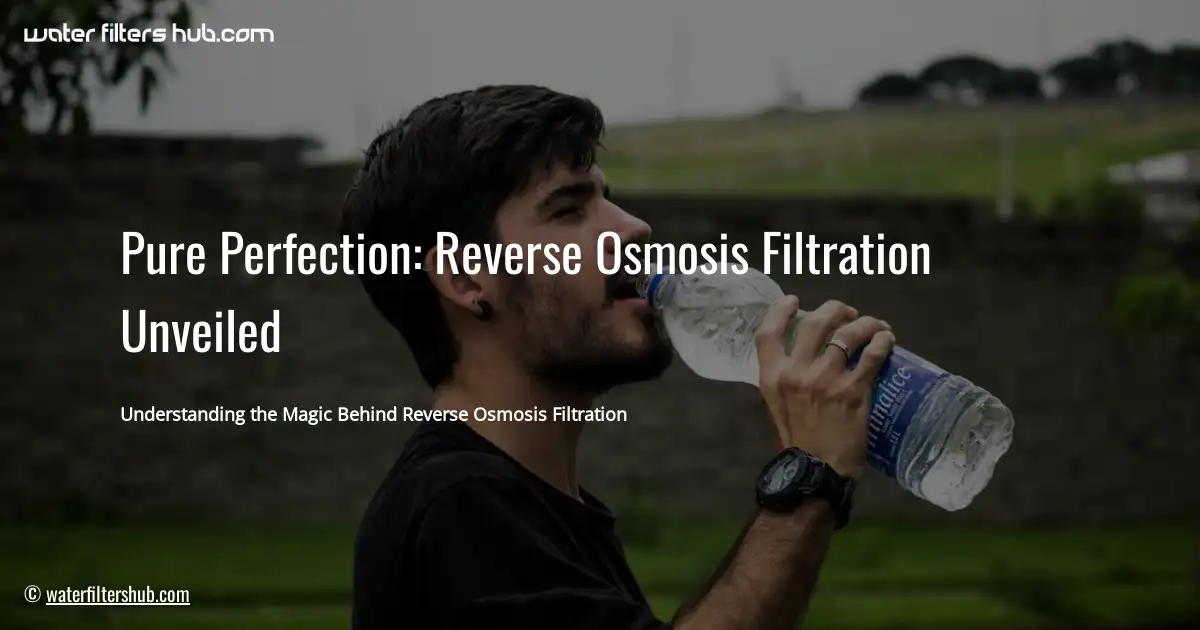
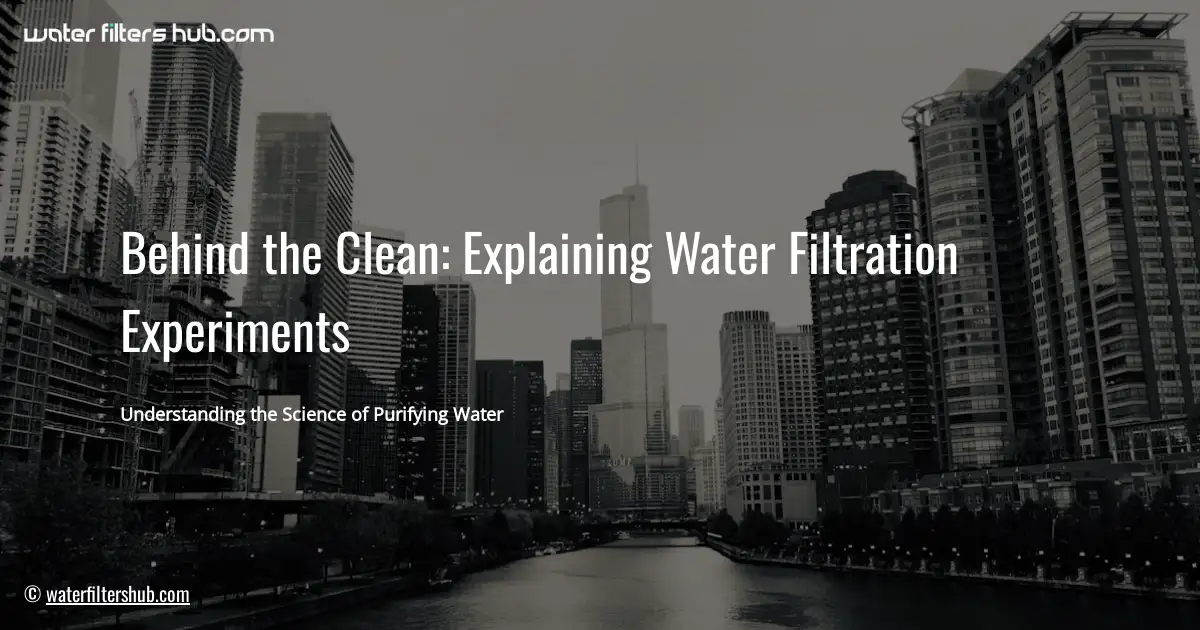
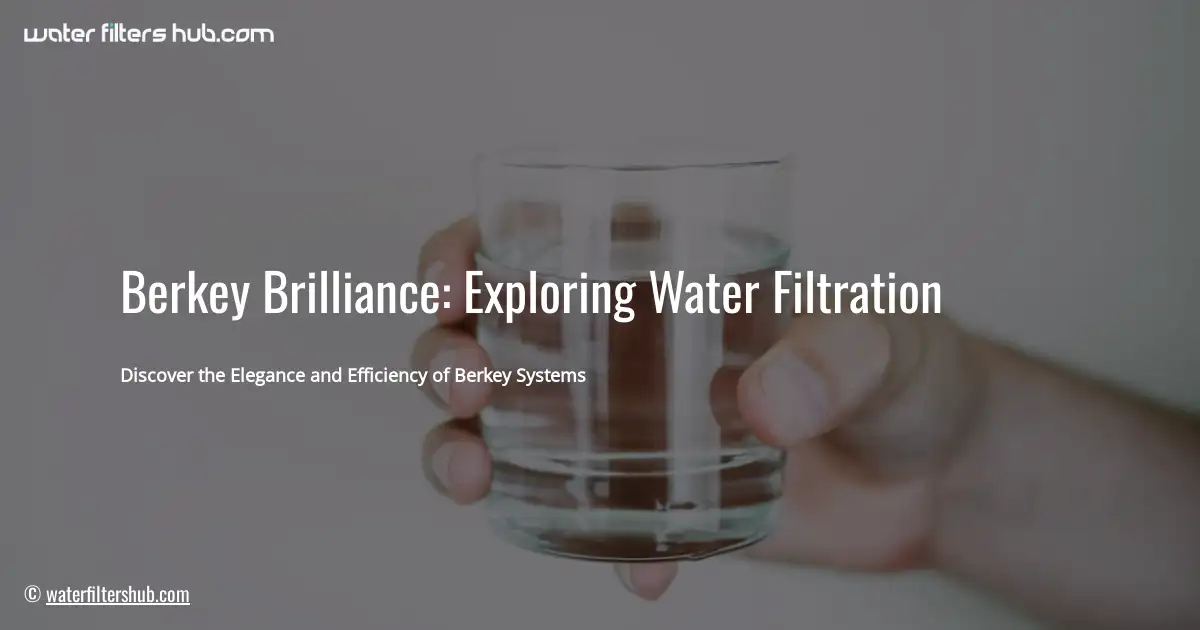
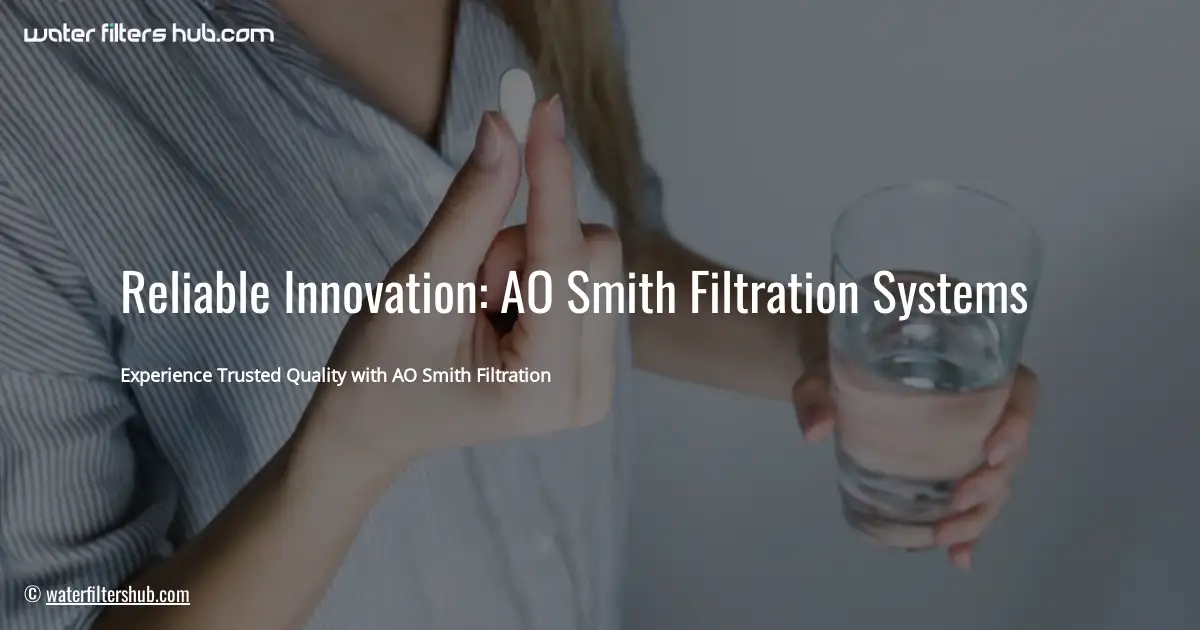

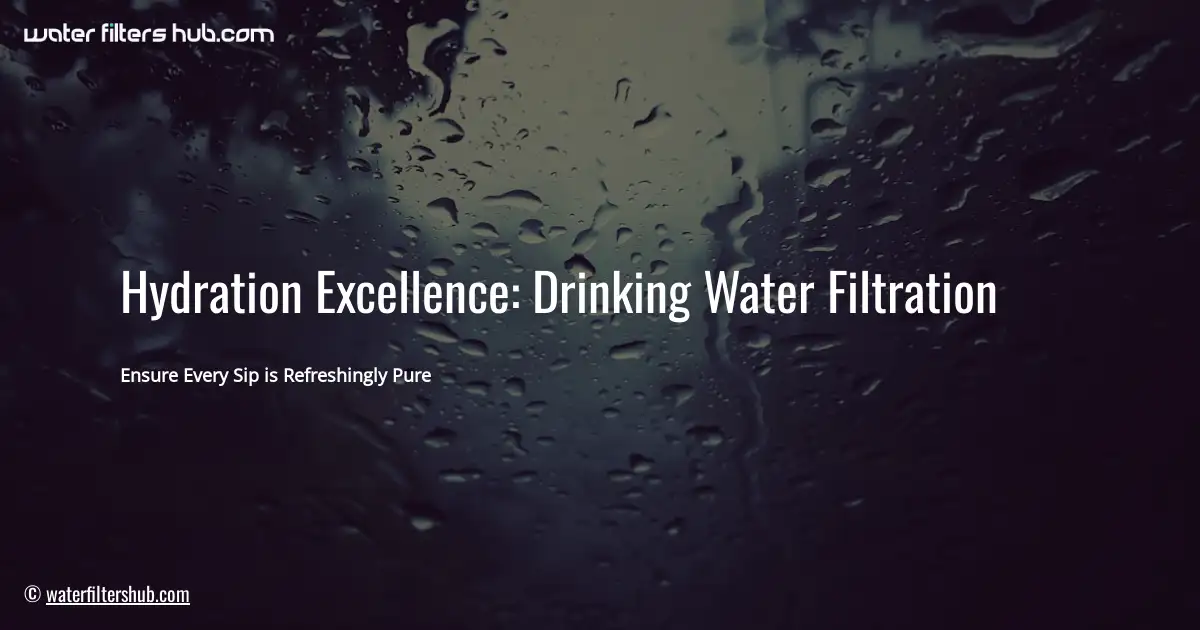
Leave a Reply